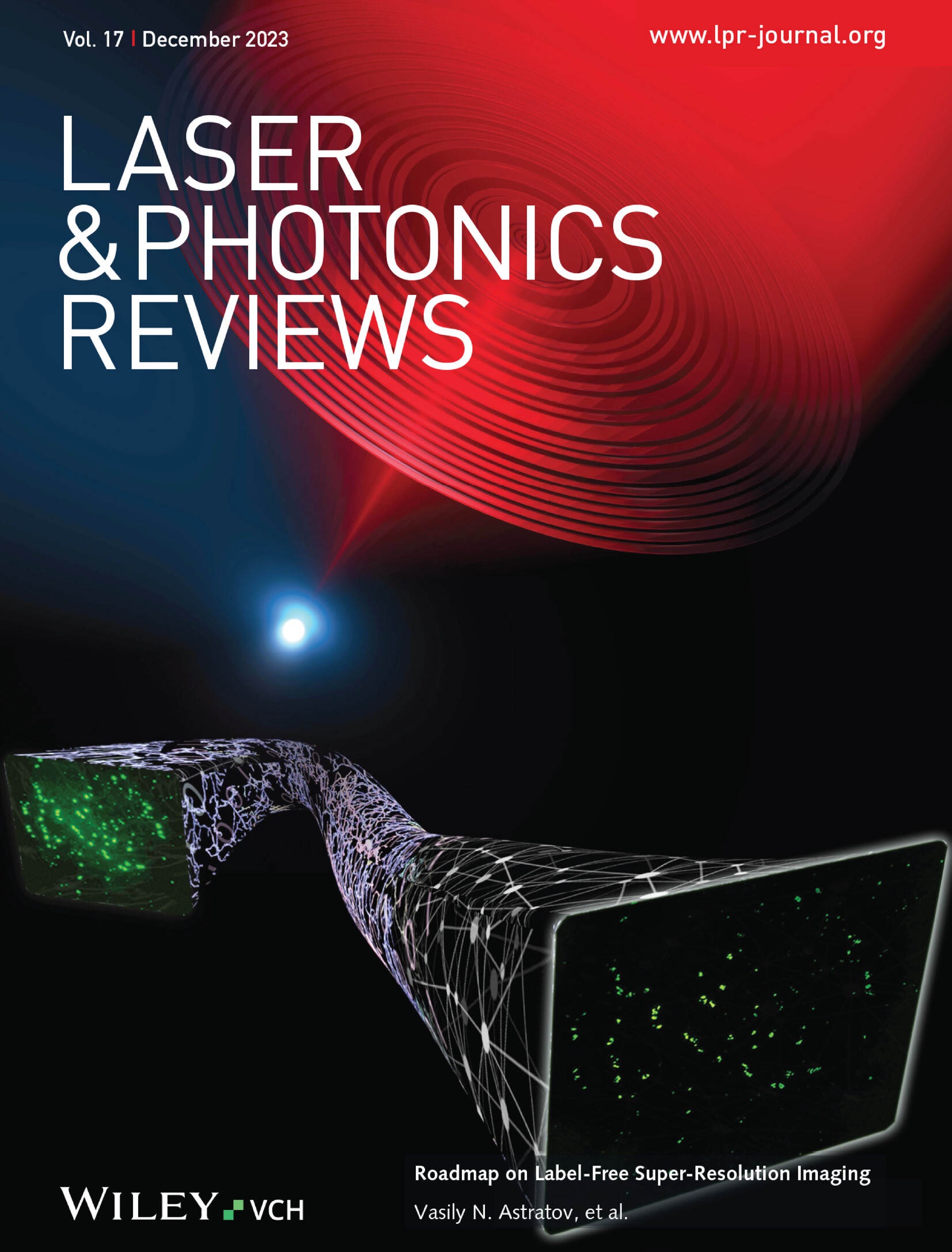Nd:YAG微腔低阈值缺陷工程
IF 9.8
1区 物理与天体物理
Q1 OPTICS
引用次数: 0
摘要
降低激光阈值是低语廊模式(WGM)谐振腔激光器发展的一个关键目标,通常需要增加微腔Q因子,这反过来又使制造过程复杂化。在不采用更复杂的制造技术的情况下实现更低的阈值是一个显著的挑战。在本工作中,通过缺陷工程证明了Nd:YAG微腔激光器的降低阈值。Nd:YAG薄膜内部的缺陷是通过6mev的碳注入产生的,碳离子穿透薄膜并沿其轨迹产生缺陷。这些缺陷在离子注入方向诱导应变,导致Nd离子的荧光增强和极化依赖。缺陷工程Nd:YAG将微腔激光的阈值降低到1.15µW。这些结果突出了缺陷工程作为一种定制晶体薄膜光学特性的有效方法的重要影响,为优化基于晶体薄膜的WGM激光器组件的性能开辟了新的途径。本文章由计算机程序翻译,如有差异,请以英文原文为准。
Defect Engineering for Lower Thresholds in Nd:YAG Microcavity
Reducing the laser threshold, as a crucial objective in the development of Whispering Gallery Mode (WGM) resonator lasers, often requires increasing the microcavity Q‐factor, which in turn complicates the fabrication process. Achieving a lower threshold without employing more complex fabrication techniques poses a notable challenge. In this work, a reduced threshold in a Nd:YAG microcavity laser through defect engineering is demonstrated. The defects within the Nd:YAG film are generated through 6 MeV carbon implantation, where the carbon ions penetrate the film and create defects along their tracks. These defects induce strain in the direction of ion implantation, resulting in enhanced and polarization‐dependent fluorescence of the Nd ions. The defect‐engineered Nd:YAG reduces the threshold of the microcavity laser to 1.15 µW. These results highlight the significant impact of defect engineering as an effective method to tailor the optical properties of crystalline films, opening up a new path for optimizing the performance of WGM lasers components based on crystalline films.
求助全文
通过发布文献求助,成功后即可免费获取论文全文。
去求助
来源期刊
CiteScore
14.20
自引率
5.50%
发文量
314
审稿时长
2 months
期刊介绍:
Laser & Photonics Reviews is a reputable journal that publishes high-quality Reviews, original Research Articles, and Perspectives in the field of photonics and optics. It covers both theoretical and experimental aspects, including recent groundbreaking research, specific advancements, and innovative applications.
As evidence of its impact and recognition, Laser & Photonics Reviews boasts a remarkable 2022 Impact Factor of 11.0, according to the Journal Citation Reports from Clarivate Analytics (2023). Moreover, it holds impressive rankings in the InCites Journal Citation Reports: in 2021, it was ranked 6th out of 101 in the field of Optics, 15th out of 161 in Applied Physics, and 12th out of 69 in Condensed Matter Physics.
The journal uses the ISSN numbers 1863-8880 for print and 1863-8899 for online publications.

 求助内容:
求助内容: 应助结果提醒方式:
应助结果提醒方式:


